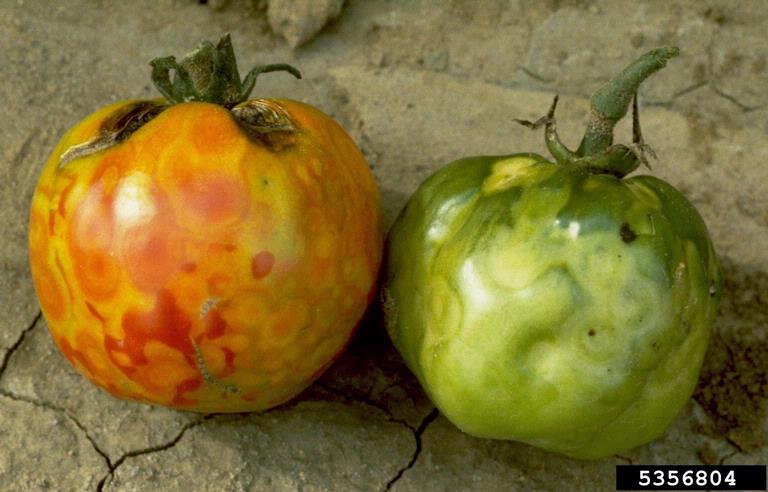

Of 50 root primordia, 72.3 had hexarch, septarch, and octarch steles, while 21.3 had ennearch and decarch steles. If you have a section of the garden that is showing a greater number of primordia and is also having wilt problems then it is likely that it is too wet there for some reason poor drainage, too much watering or rain, etc. The number of primary xylem poles in the AR primordia varied between 5 and 10. Journal compilation © 2010 Blackwell Publishing Ltd. But the root initials themselves are not harmful to the plant. Understand the biochemical basis for adventitious root formation. Classification of plant rooting response to growth regulators Understand how stock plants can be manipulated to maximize adventitious root formation 3. (c) Ethylene production in tomato plants under control, flooding and hypoxic conditions. (b) Close-up of the hypocotyl region showing the absence of AR primordia in control and hypoxia-treated plants. This response of tomato plants results in a new root system that is capable of replacing the original one when it has been damaged by submergence. Explain how hormonal control affects root and bud formation. (a) Tomato plants in air and after 8 days of hypoxic treatment (1 O 2). Auxin accumulation in the base of the plant induces growth of pre-formed root initials. In a process requiring the Diageotropica gene, auxin accumulation in the stem triggered additional ethylene synthesis, which further stimulated a flux of auxin towards to the flooded parts of the plant. We observed that ethylene, perceived by the Never Ripe receptor, stimulated auxin transport. We found that treatment with the ethylene biosynthesis inhibitor aminoethoxyvinylglycine (AVG) and the auxin transport inhibitor 1-naphthylphthalamic acid (NPA) resulted in a reduction of AR formation in waterlogged plants. In this work, we observed that partial submergence markedly dampens. Ethylene entrapment by water may represent the first warning signal to the plant indicating waterlogging. When partially submerged, tomato plants undergo profound changes involving rearrangements in their morphology and metabolism. in stems of F tomato plants may elongation of flood-induced root primordia. Although tomato (Solanum lycopersicum) is known for its sensitivity to waterlogging, its ability to produce adventitious roots (ARs) increases plant survival when the level of oxygen is decreased in the root zone. Flooded plants (F) were immersed to Steven T. Soil flooding, which results in a decline in the availability of oxygen to submerged organs, negatively affects the growth and productivity of most crops.


 0 kommentar(er)
0 kommentar(er)
